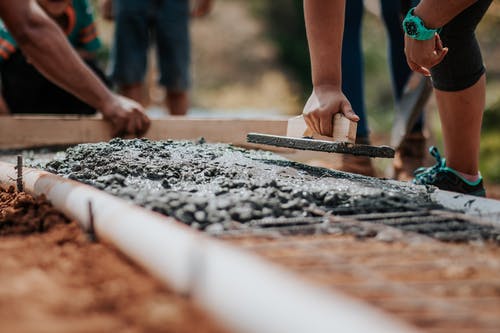Concrete can be a costly and time-consuming process. Because the concrete needs to cure for approximately 28 days, homeowners should carefully choose a contractor with experience in this method. In addition to the cost, this process requires extensive excavation around the foundation, which is not always feasible. It is also a risky method that may lead to undermining the foundation. Hence, this technique is not often used for foundation repair today.
However, traditional underpinning services are effective for many properties in Australia. The traditional process requires excavation of the soil, which is a messy and inconvenient process. The second method uses chemicals to underpin the house, which can be much faster and cleaner than traditional underpinning methods. Besides, chemical underpinning can also result in a stronger outcome. The process of underpinning is clean and non-invasive, which makes it a better choice for homeowners.
Another popular method of concrete underpinning is the use of resin injection. This procedure involves injecting resin into the soil to make it more rigid. The process takes less than a day and requires no excavation. Because the process uses a laser levelling instrument, it is cleaner than traditional underpinning methods. Modern resin injection solutions can successfully remediate homes that have been affected by subsidence. The process doesn’t require a large amount of excavation, which makes it ideal for people with young children and elderly people.
Another common problem with traditional underpinning methods is the lack of stability in the soil. In order to get the right answer, it is best to contact a structural engineer who has experience with this type of work. While a structural engineer can provide an accurate estimate, it is important to do your research beforehand to ensure that you’ll get the best results. The time spent with traditional underpinning methods can disrupt the schedule of the occupants of the home.

Injection is a relatively new method of underpinning that involves pouring concrete into the ground. It involves a series of small incisions in the ground and is highly recommended in countries where the ground is unstable. This method is very expensive and requires a large number of resources, so it’s best to choose a qualified underpinning contractor. There are several other underpinning techniques, but the most common is the mass pour method.
Unlike traditional underpinning, this method involves a lot of excavation and is very slow. While it’s a good option if your property is situated in a low-lying area, this method is not suitable for sinking foundations. Instead of putting down concrete, it uses resin-based products to stabilize the ground. These materials do not contain any concrete, which is a disadvantage. While the cheapest solution, concrete Melbourne underpinning is still the best option for large projects, resin-based underpinning is not as effective in clay-rich soils.
The conventional method of concrete underpinning involved digging large holes underneath the house. Then, a 1m cube of concrete was placed under the footing beam. This is not a stable foundation, and the footing beam could be jacked up if the concrete underpin is not in a stable location. Because concrete underpinning is more expensive, it is a good option for a home with large cracks.
The most common type of concrete underpinning is a technique that involves pouring or injecting concrete into boxes underneath the foundation. Its main objective is to stabilize the structure by enforcing weak spots and repairing any cracks in the foundation . As a result, it is important to understand the process and the limitations of this method. If a house is built on unevenly, the underpinning will have a negative impact on the entire house.
Traditionally, the method of concrete underpinning involves hand-dug pits that are 8-12 feet apart. Then, a concrete beam is cast in the pit. The beam is reinforced with rebar that extends into the additional concrete piles. If the foundation is not stable enough, underpinning will not help to support the structure. In addition to preventing damage from cracks, the underpinning procedure can also prevent the spread of a building’s load.



